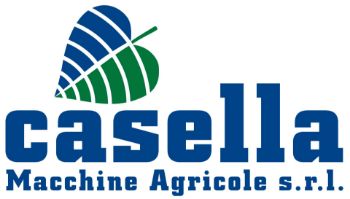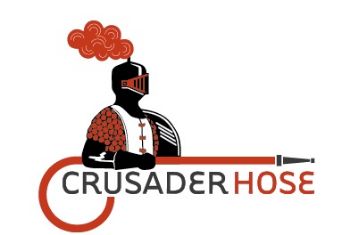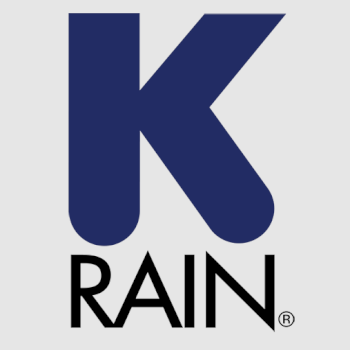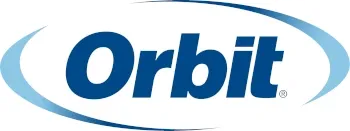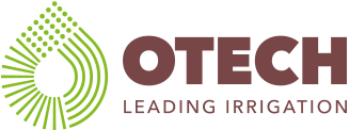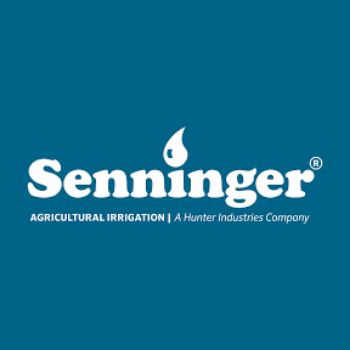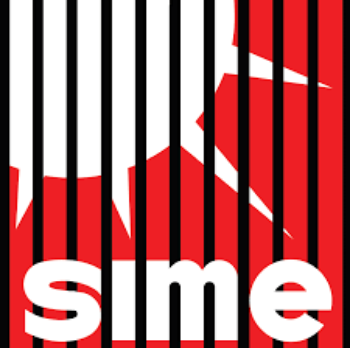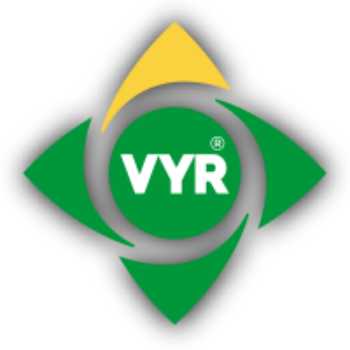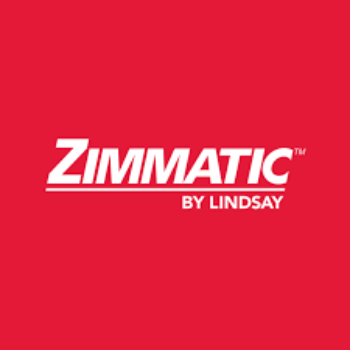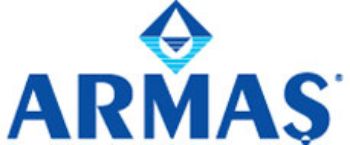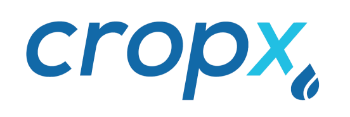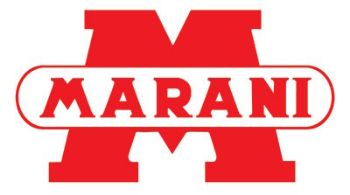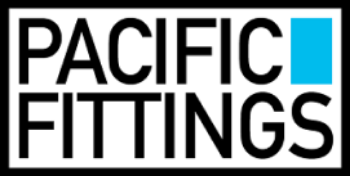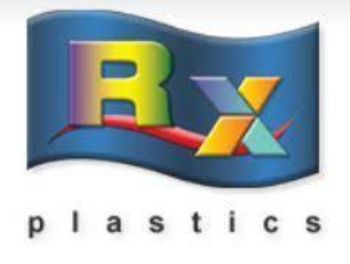The right choice
Let’s design a pivot center from scratch. It starts with Grade A materials that never need to be overbuilt and are engineered to withstand the stress and force exerted on them by the pivot system in all field conditions.
High strength steel
The flotation advantage
The high-strength steel that goes into Electrogator II pivots and lateral move systems can be as much as 50% stronger than steel used in competing irrigation systems. The result is a high-strength structure weighing as much as 20% less.
A Reinke system eliminates three extra tons of soil-compacting weight (when compared to our competitors' machines).
Six thousand fewer pounds means considerably less stress and wear on the system's drivetrain and critical system components. Which means Reinke irrigation systems are more durable, have less downtime and need fewer repairs.
|
|
The single-leg tower
lighter, yet stronger
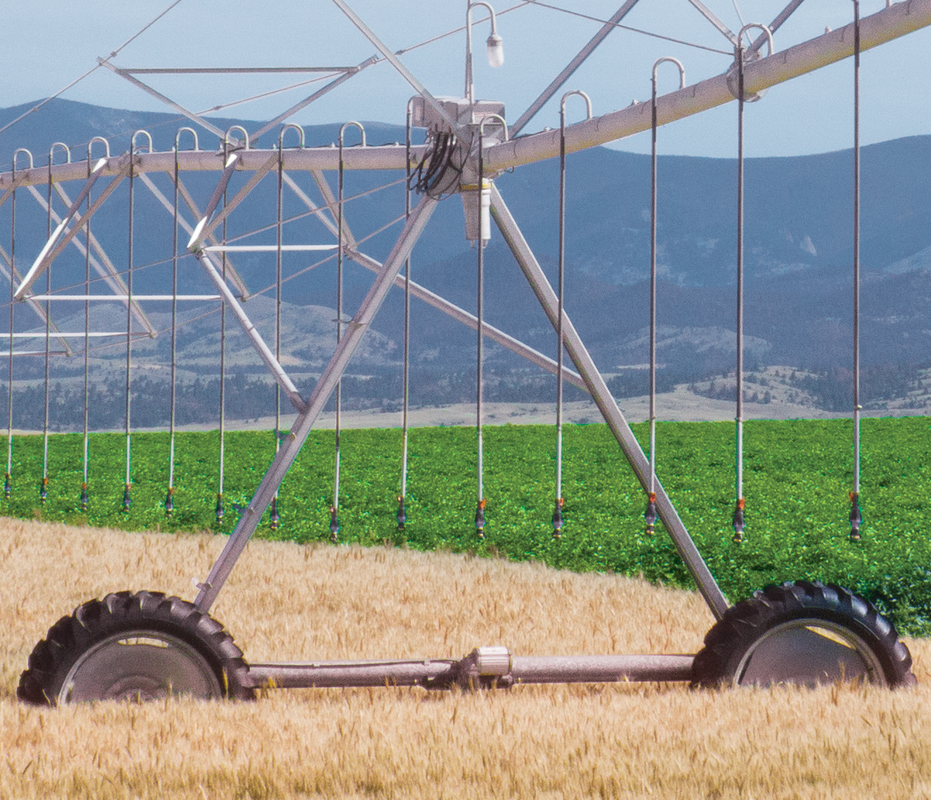
When Reinke introduced the first Electrogator back in 1968, it was built with a double-leg tower similar to what our competitors use today. Soon after, we developed the single-leg tower and have continued down that innovative path — while everyone else stayed put. The result?
|
Benefits
- A wider tower base for increased stability
- Absorbs more stress at the tower and does not transfer it directly to the water pipe
- Reduced component fatigue to maximize system life
- Less intrusive structure improves water application at the tower and causes less disturbance to taller crops
- Increased flotation for better performance
The more stress that’s diverted away from the water pipe, the better. That’s why we attach 3-inch diameter, galvanized stiffeners to the bottom of the trussing instead of directly to the water pipe. Stress is distributed more evenly to the entire span and, most importantly, pipe longevity gets a giant boost.
|
The hook & receiver
The most efficient place to rotate within a cylinder is directly in the center, which is exactly where we placed our hook-and-receiver joint. It enables maximum flexibility across challenging terrain. Even when the span needs to roll slightly, it won’t affect alignment. Plus, the internal joint allows the boot to flex without being excessively stretched, furthering longevity.
Does this system affect water flow? The answer is yes, a little. But according to a Clemson University study, it’s minimal. The competition also has additional friction loss due to invasive pipe features like T-gaskets, flow-drilled couplers and misshapen span water hose connections. Again, it’s superior engineering that creates yet another benefit to your operation.
High-Performance Predictable Results
Water application efficiency is a critical part of the irrigation system’s performance. Fluctuations in pressure loss during an irrigation cycle due to undulating terrain can cause underperformance in essential areas of the field. Reinke’s internal flex joint, known as the hook and receiver, is the most predictable high-performing flex joint in the industry, with minimal pressure loss variations no matter whether it is on level ground or the most challenging terrains.
Reinke’s pressure loss through the hook and receiver joint stays relatively the same, making all of the sprinkler package performance charts relevant all the time, no matter the terrain. You don’t have to take our word for it. Clemson University conducted a study that looked at several flex joints comparing pressure loss (water flow disruption). Pressure loss was measured per joint at differing gallons per minute (gpm) on a relatively level field versus a field with a 15-degree simulated slope. The test results tell the story.
The pressure through a Reinke’s hook and receiver flex joint was virtually the same on the level ground versus the 15-degree simulated slope making it the most predictable flex joint on the market today.
REINKE INTERNAL FLEX JOINT
EXTERNAL BALL-HITCH COUPLER
Another flex joint type in the industry, known as the external ball and hitch, had a drastic change in pressure loss, dramatically impacting a system’s water application performance. Based on the results, an external ball and hitch’s pressure loss on a 15-degree simulated field equated to over 3.5X more pressure loss resulting in more significant pressure variability on rough terrain. This kind of pressure loss can add up quick on systems containing multiple towers. This level of unpredictability can make it difficult to predict system performance during the sprinkler design process.
The choice is clear. If you want a predictable high-performing flex joint for any terrain, there is no comparison with Reinke’s hook and receiver.
DOUBLE-WALLED TOWER BOX
Reinke’s exclusive double-walled tower box provides a moisture-free environment for electrical components — it’s the last place you’ll ever find condensation.
|
|
Its high quality, UV-resistant materials and unique design make for the strongest, longest lasting tower box in the industry. Finally, thanks to a mechanical safety interlock, no one can remove the cover without first disconnecting power to the tower.
|
|
V-RING Seal
There are so many benefits to our V-ring seal, we can’t believe it hasn’t been copied like many of our other innovations. First, each seal is securely set inside the pipe and is completely protected from the deteriorating effects of UV light.
|
Next, unlike the competitor’s T-gasket that is sandwiched between two flanges, the Reinke V-ring seal creates stronger, flange-to-flange contact (instead of flange-plastic-flange) and combines the strength of two connected steel flanges (instead of interrupting the strength of steel with a plastic T-gasket). Plus, connected flanges won’t sag or settle and create potential weak spots that mean future repairs.
Finally, the V-ring seal leaves a smooth internal pipe surface while every T-gasket has an internal lip that disrupts water flow at every connection. In every manner possible, the Reinke V-ring seal system is just a better way of connecting pipe.
Sprinkler outlets
|
Every part matters. That’s why we weld high-strength 3/4,” tapered, half couplers to our high-strength steel water pipe and even go a step beyond this and weld 3/4,” tapered, stainless steel couplers to our chromium nickel water pipe. Unlike flow-drilled couplers, welds never disrupt water flow and are inherently stronger.
|
*Shown with Patented Anti-Theft for Span Cable
|
High performance engineering
Reinke spans provide a standard 57” outlet spacing (40” optional), capable of producing application uniformities as much as 98% or more.
The water pipe is supported by high-strength, roll-formed, truss assemblies, spaced every 19 feet (not 20 or 22 feet like some competitive machines) for even load distribution and strength. The truss rods (5/8” or 3/4" diameter) are universal in length and made of high-strength, low-alloy steel. Engineered for maximum strength and minimum weight, the Reinke system is by design, the most efficient irrigation system in the industry.
SPAN HEIGHT
Spans from Reinke are available in four different heights: Supergator®, Sugargator®, Standard, and Low Profile heights.
Single-phase option
Reinke's 230-volt single phase option is ideal for center pivot systems running on small acreage fields where 480-volt-three phase power is not available. Single-phase systems are limited to a maximum length of 1000' or six towers, and are offered in all pipe materials using standard household power.
Topped with a corrosion-resistant, domed aluminum collector reel
Heavy-duty full sweep, 90˚ elbows at the bottom and top of the riser pipe minimize friction loss
Hook-and-receiver pipe joint connection provides unparalleled rotational movement and flexibility
High-strength 18” pivot center bearing. Uses .25" thick, close-fit tubing supported with eight strategically placed gussets
Riser gasket sets against a stainless steel wear sleeve, creating a long-lasting seal
Optional pivot center walkway
6," 8" or 10" riser pipe available with eye level pressure gauge
Corrosion-resistant, powder-coated aluminum main control panel enclosure with a pneumatic strut that holds the door open even on the windiest day
8” x 3” x 1.25" roll-formed, C-channel legs for unparalleled strength and durability
Easily retrofitted to any competitive pivot pad when the need to upgrade existing equipment is required
Easily accessible, adjustable-height, main control panel mount




